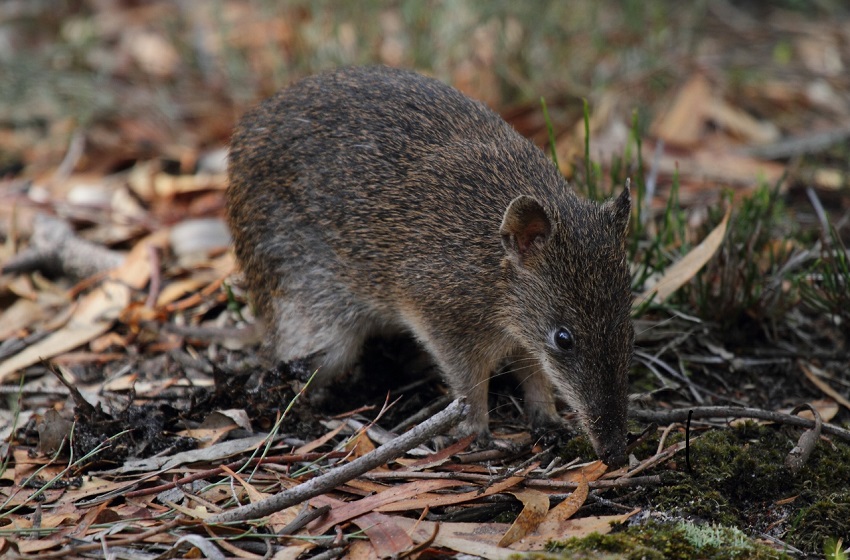Native Animals
The Port Phillip and Western Port region is home to at least 525 species of native fish, amphibians, reptiles, birds and mammals.

(Photo Credit: Hayley Davis)
Climate change is expected to affect all parts of all living systems. It will multiply and complicate existing pressures on animals by exposing them to:
- Increased long-term average temperatures.
- Increased hot-day temperatures.
- Lower and more erratic rainfall.
- Higher evaporation.
- Lower soil moisture.
- Increased fire-weather frequency and intensity.
- Declining and more erratic stream flows.
- Sea level rise and ocean acidification.
Significant long-term biodiversity declines are likely. There is evidence that Australian fauna and flora are already responding to climate changes.
Likely climate change effects on native animals include:
- Changes in species’ genetics, abundances and distributions.
- Changes in the relationships between species.
- New animal communities arising from the ways individual species respond to climate change.
- Movements of species, where dispersal is possible, at the expense of other resident species.
- Communities made locally extinct where dispersal is not possible.
- Changes in natural system structures, functions and compositions governed by complex and uncertain factors; the rate and intensity of climate change, soils, topography, aspect, the presence of supporting animals and microorganisms.;
- Changes in the ways animals live with human land and water uses across landscapes.
Objectives and Priorities
For native animals, the objective is to maintain the diversity of native animal species that still inhabit the region and ensure the populations are healthy and resilient. The priorities are to:
- stabilise and improve the health of populations of species that are threatened with extinction; and
- stabilise or improve the health of populations of a set of 'indicator species' as a reflection of stable health for many other native species that share their landscapes and threats.
The above information is derived from Dunlop, M, Parris, H, Ryan, P, Kroon, F, 2013, Climate-ready conservation objectives: a scoping study, National Climate Change Adaptation Facility, Gold Coast, Australia.
Please visit the Port Phillip & Westernport Regional Catchment Strategy for more information about native animals in this region.
